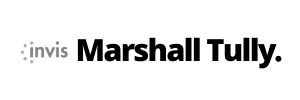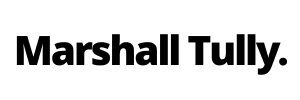The details are still coming in, but the Liberal government has announced major changes to mortgage lending policies aimed at ensuring Canadians aren’t taking on bigger mortgages than they can afford in an era of historically low interest rates. Other changes are also meant to address concerns related to foreign buyers who buy and flip Canadian homes, believed to be a leading factor in driving up the real estate markets in Toronto and Vancouver. Additionally, they announced they would like lenders to take on a larger share of the market risk currently held by the Government and taxpayers.
Changes to how you qualify for a mortgage
Current rule states that if you select a 5-year fixed mortgage you are able to qualify based on your actual monthly mortgage payment or contracted rate and payment. Based on the new rules your actual mortgage payment would be unaffected, however you would have to qualify to carry the mortgage at a much higher monthly mortgage payment based on the Bank of Canada “stress-test” Benchmark Rate (currently 4.64%) – resulting in a reduced maximum purchase price (see scenario below). It is expected these rules will affect all new applications as of October 17th for applicants with less than 20% down. It appears that this rule will also be applied to applications where borrower has more than 20% down on properties under $1M starting November 30th.
Example:
While every case is different, here is a potential scenario of how a buyers max purchase price would be affected on a Freehold home in Toronto:
Household salaried income – $120,000
Down payment – 10%
Mortgage Product Chosen – 5-year Fixed
No existing consumer debts
Current Max Purchase Price – Approx. $800,000 Max
Purchase Price After Oct 17th – Approx. $640,000
Note: This is an example only, for a more detailed breakdown on how it affects you, please get in touch.
New reporting rules for the primary residence capital gains exemption
Currently, any financial gain from selling your primary residence is tax-free and does not have to be reported as income. As of this tax year, the capital gains tax is still waived, but the sale of the primary residence must be reported at tax time to the Canada Revenue Agency. Everyone who sells their primary residence will have a new obligation to report the sale to the CRA, however the change is aimed at preventing foreign buyers who buy and sell homes from claiming a primary residence tax exemption for which they are not entitled.
The government is launching consultations on lender risk sharing
Currently, the federal government is on the hook to cover the cost of 100 per cent of an insured mortgage in the event of a default. The federal government says this is “unique” internationally and that it will be releasing a public consultation paper shortly on a proposal to have lenders, such as banks, take on some of that risk. The Department of Finance Canada acknowledges this would be “a significant structural change to Canada’s housing finance system.” Mortgage lenders, such as banks, would have to take on added risk. This could potentially lead to higher mortgage rates for homebuyers. This is focused on limiting the Governments financial obligations in the event of widespread mortgage defaults, and to encourage prudent lending practices.
Overview
Subscribe to begin.
Join 7.5k+ subscribers and get tips, strategies and market updates every other Thursday morning.







